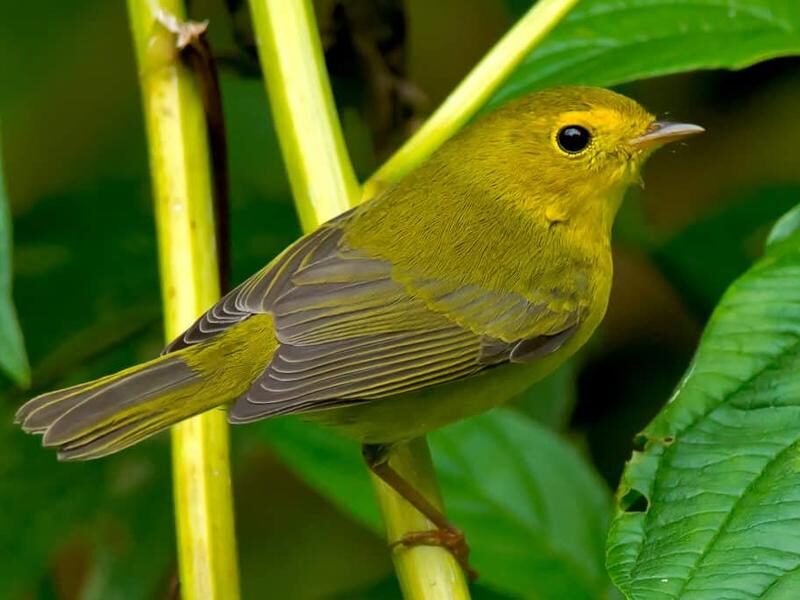
Area residents have been noticing the little yellow and green birds in their yards — sometimes acting punch-drunk — following the cold snap and snowfall last week.
While it seems logical that the behavior is due to the cold snap, there may be two separate things going on simultaneously.
A large number of dead birds in the Fryingpan Valley was reported by residents Wednesday on the Roaring Fork Road and Weather Facebook page.
The event might not be exclusive to the Roaring Fork Valley — on Saturday, the Las Cruces Sun News reported that migratory birds are dying in "unprecedented" numbers throughout New Mexico.
Ecologist John Emerick of Redstone said that he also noticed the die-off of warblers the morning after the snowfall.
"We rarely see dead birds on our road ... but the morning of the snow we found seven," he said. "They were apparently really stressed by the snow and the cold."
He said he found Wilson's warblers, MacGillivray's warblers and yellow-rumped warblers dead.
Emerick, a retired faculty member at the Colorado School of Mines, said the warblers are neotropical migrants that winter in more southerly and warmer latitudes.
"They're particularly at risk when we have an early cold snap like we just had," he said.
While the cold snap apparently killed some birds, it may not be responsible for what appears to be strange behavior, such as birds flying into houses or windows or getting hit by cars.
It might make it seem like a bad year for the birds, but Emerick thinks the behavior may be so visible because it's been a good year for warblers.
"Every year is a little bit different. Some years we see hardly any. This just happens to be a year when warblers seem to be especially prevalent," he said.
So, it might be there are simply more warblers to see this fall as they prepare to migrate.
"They're probably flocking up, getting ready to go south," Emerick said.
Emerick said the odd behavior can probably be chalked up to young birds.
"I think we have a lot of fledglings right now," he said. "They're still gaining their strength. They're learning how to act like birds," and aren't too good at it yet.
Another explanation is the birds got blown off their normal migratory route by the storm that caused the cold snap or by one like it along their route.
"You see birds species showing up in strange spots and showing up in groups, landing for a few days, then they're gone again," said Phil Nyland, wildlife biologist for the White River National Forest Aspen-Sopris District.
Migration is hard enough without getting blown off course.
"A cold snap or weather event can disrupt the migration pattern, and migration is an energetically costly event," Nyland said. "It's not surprising that people are seeing birds that are dead or birds that are struggling."
The combination of fall storms and fall migration can combine to make unusual sightings possible.
"It just seems like we're in the right time period for those weird observations to occur," Nyland said.
Emerick agrees that being blown off course is a possibility, but he has seen lots of warblers all year, not just in the fall.
"Weather events often misdirect migrating birds," Emerick said. "But we've had a lot of warblers all summer."
Emerick said there isn't much one can do to help the birds.
"When you're driving, reduce your speed a few miles per hour," he said.
Putting out food for them is unlikely to do any good.
"Warblers are insectivores, so they typically don't come to feeders," Emerick said.
Source: Glenwood Springs Post Independent



Comment: Related: Growing number of dead birds in southern New Mexico raise alarm for wildlife experts